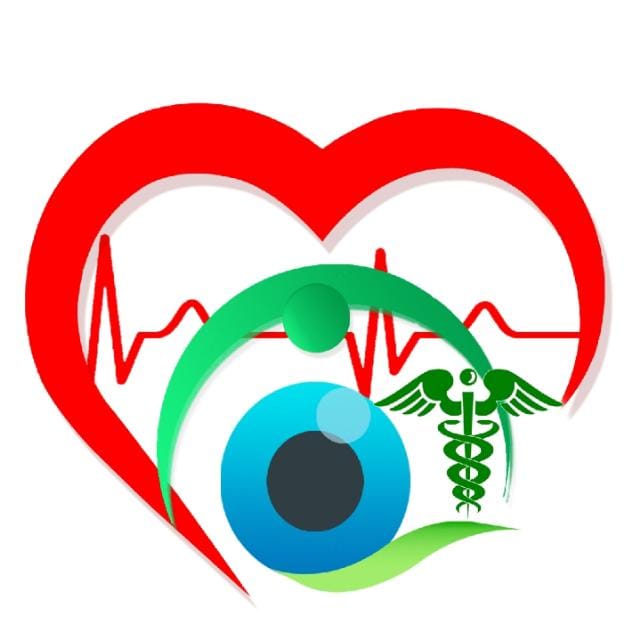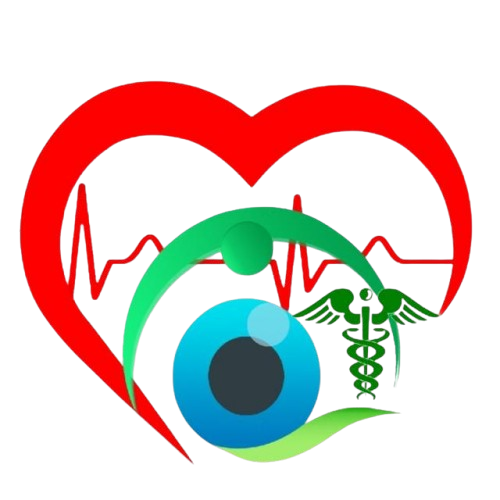Astigmatism occurs when the cornea or lens of the eye has an irregular curvature, causing light rays to focus unevenly onto the retina. This results in blurred or distorted vision at all distances. While the exact cause of astigmatism is often unknown, it can be classified as congenital, present at birth due to genetic factors, or acquired later in life due to factors such as eye injury, eye disease (e.g., keratoconus), or rarely, eye surgery.
Signs and Symptoms
Common symptoms of astigmatism include blurred or distorted vision, eyestrain, headaches, squinting to see clearly, and difficulty seeing at night. These symptoms can significantly impact daily activities, including reading, driving, and using digital devices, leading to decreased productivity and quality of life.
Diagnosis
Diagnosing astigmatism requires a comprehensive eye examination performed by an optometrist or ophthalmologist. This includes visual acuity tests, refraction tests, keratometry to measure corneal curvature, and slit lamp exams to assess the overall health of the eyes. Early detection is crucial, especially in children, as untreated astigmatism can lead to vision problems and academic challenges.
Treatment Options
Fortunately, astigmatism can be effectively managed with various treatment options tailored to individual needs. Corrective lenses, such as eyeglasses with cylindrical or toric lenses, can compensate for the irregular curvature of the cornea or lens, providing clear vision. Toric contact lenses are another option, reshaping the cornea to improve focusing.
For those seeking a permanent solution, refractive surgery, such as LASIK (Laser-Assisted In Situ Keratomileusis), offers a viable option. During LASIK surgery, a laser is used to reshape the cornea, correcting the irregular curvature and reducing dependence on glasses or contact lenses. While LASIK is generally safe and effective, it is essential to consult with an eye care professional to determine candidacy and discuss potential risks and benefits.
Prevention
Preventive measures play a crucial role in maintaining optimal eye health and preventing astigmatism-related complications. Scheduling regular eye exams, starting around 6 months of age, is paramount for early detection and timely intervention, particularly in children. Additionally, maintaining a balanced diet rich in nutrients essential for eye health, wearing UV-protective sunglasses outdoors, and avoiding habits like rubbing the eyes can help prevent astigmatism and other vision problems.
Astigmatism is a common refractive error that can significantly impact vision and quality of life if left untreated. With early detection, appropriate treatment, and preventive measures, individuals can effectively manage astigmatism and enjoy clear, crisp vision. By prioritizing eye health and seeking timely care from qualified eye care professionals, we can ensure optimal vision health and overall well-being for ourselves and future generations.


